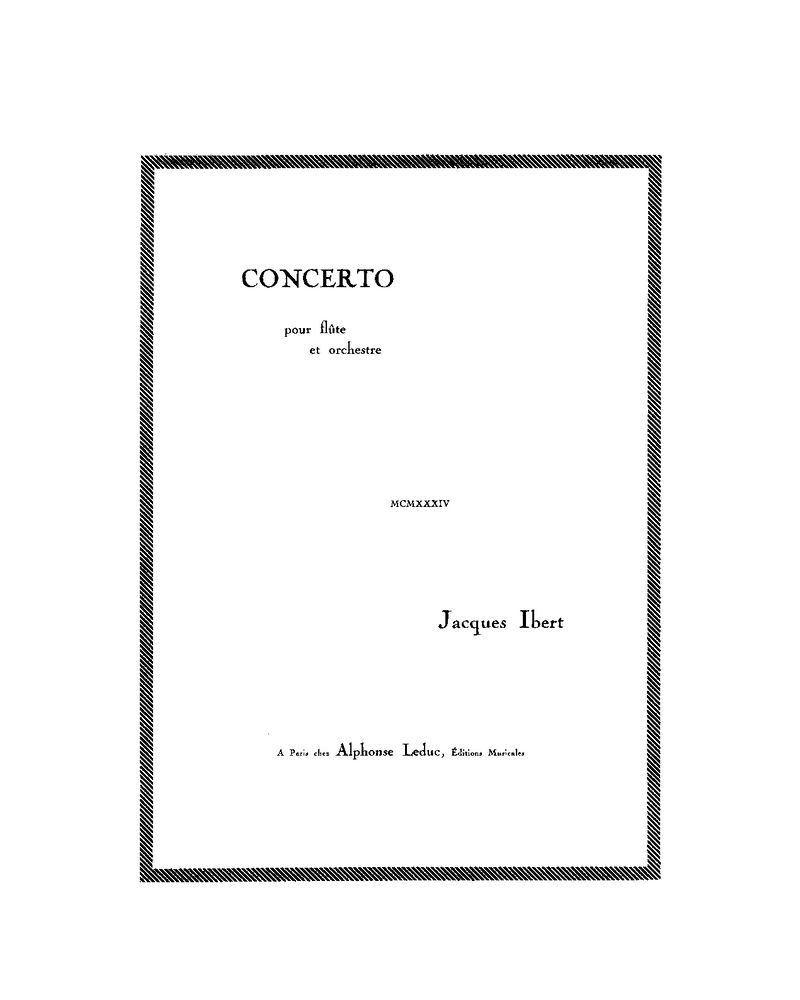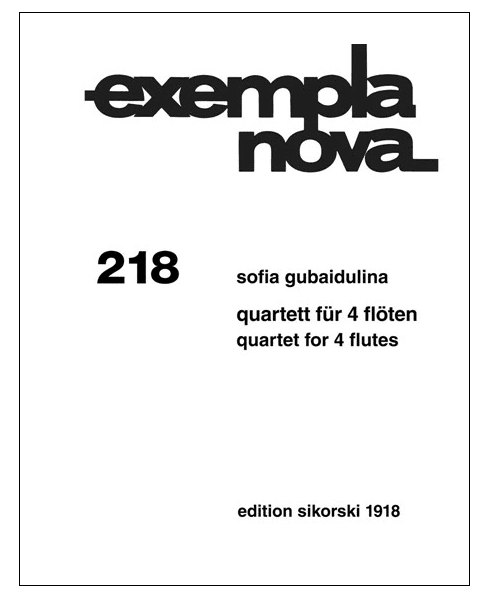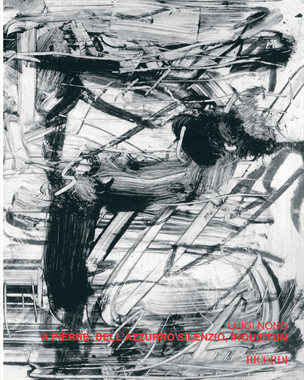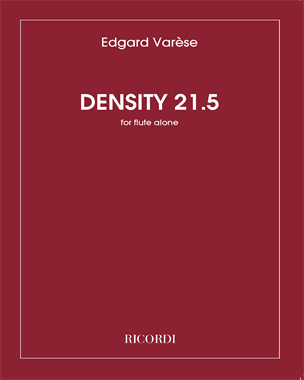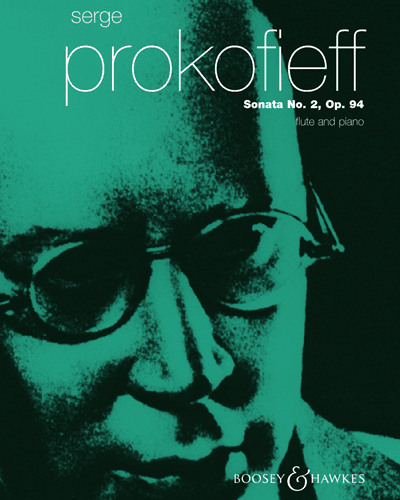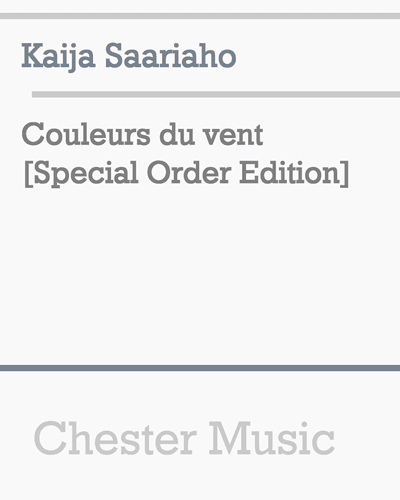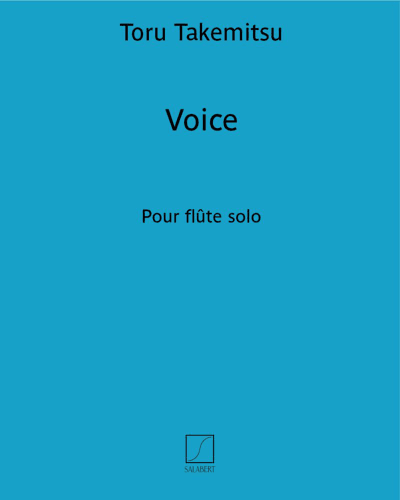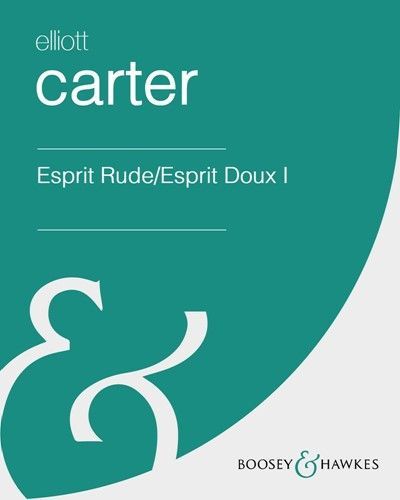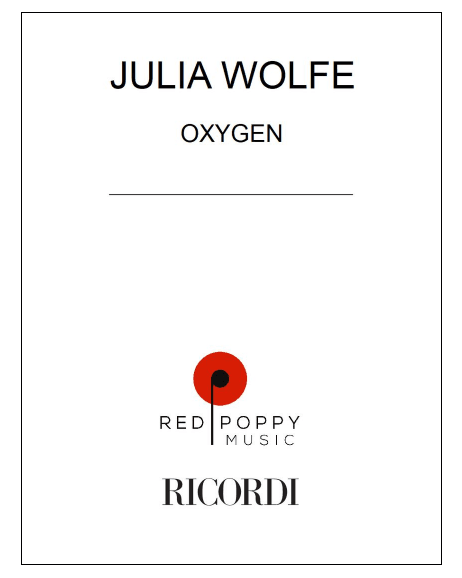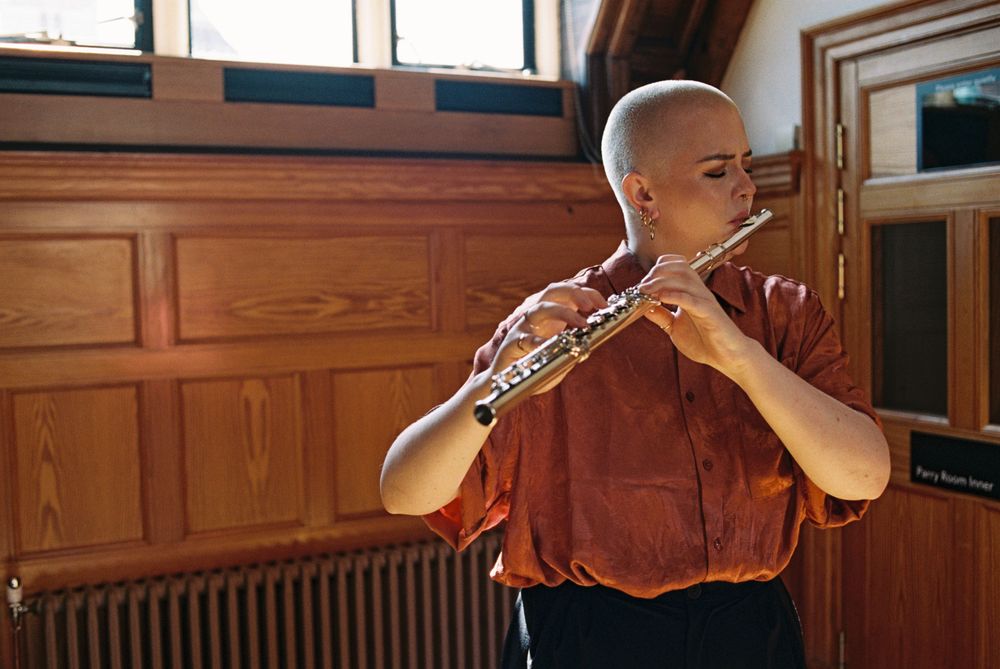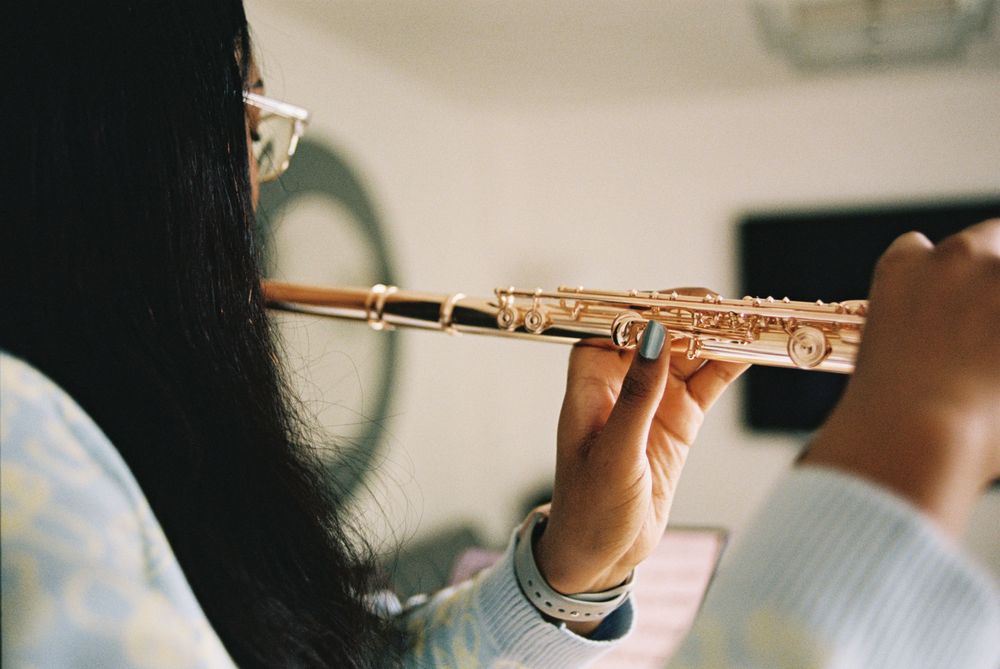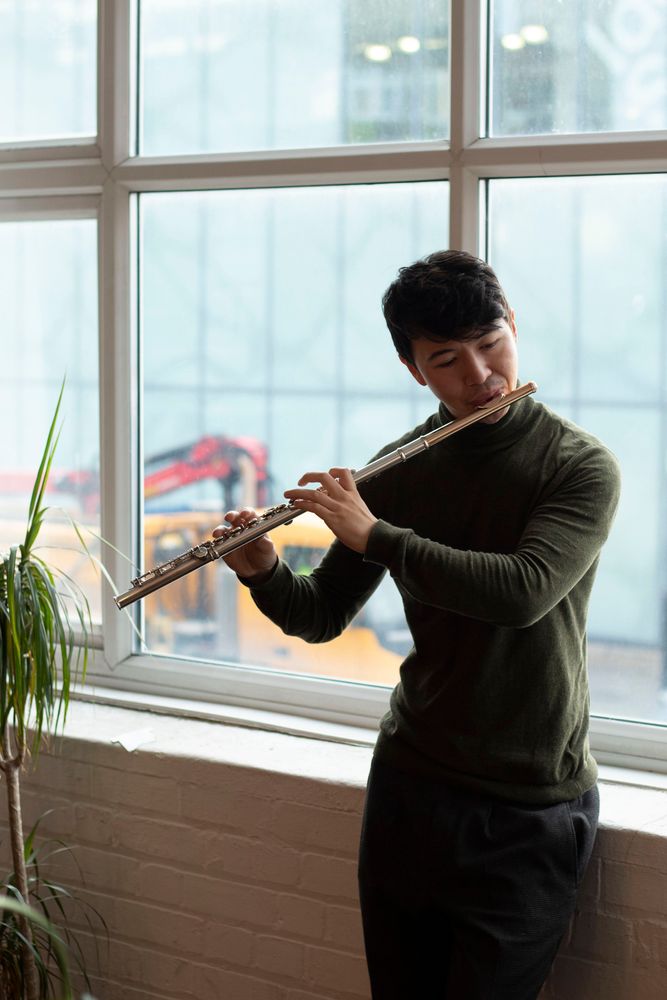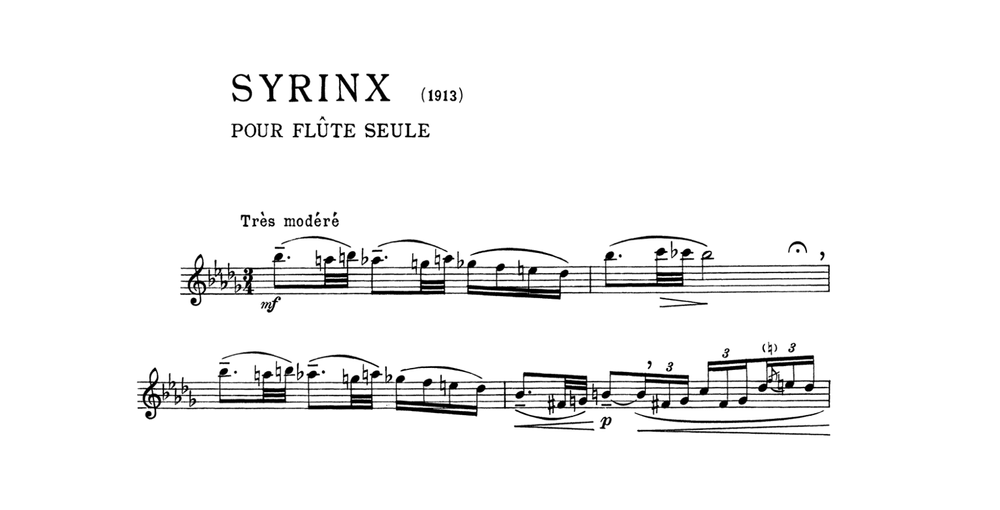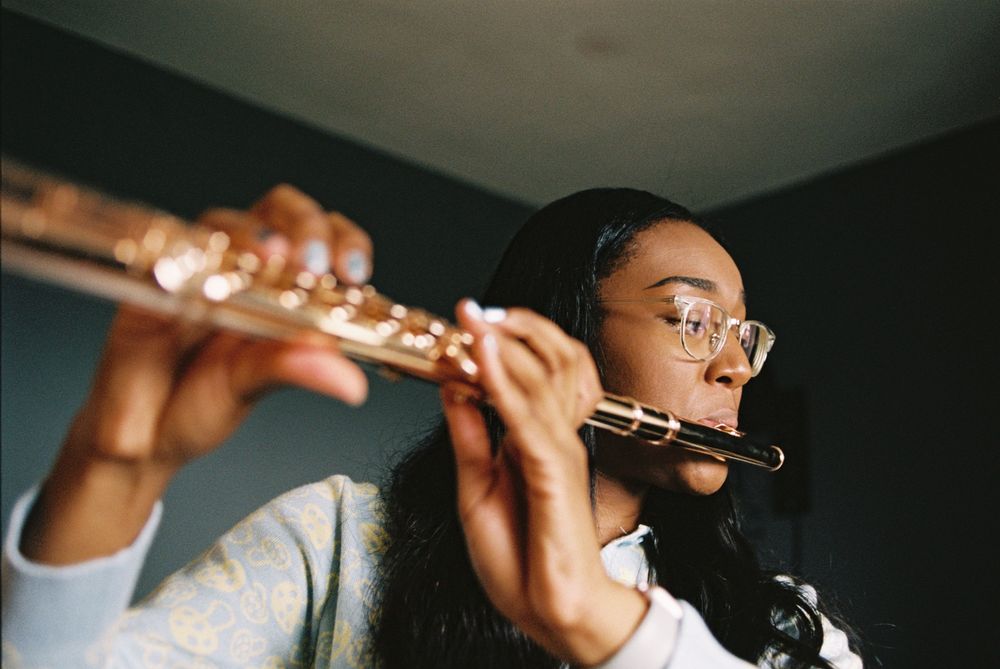For all its grace and delicacy, the flute has inspired an abundance of intensely challenging music. Music that’s as challenging to take on as a performer as it is to reflect on as a listener. At the upper end of the repertoire, flute music gets very serious indeed.
And this article makes straight to that upper end, and doesn’t stray from it. It presents ten of the most technically, expressively, and musically demanding pieces ever written for the instrument.
Whether you’re new to the game with big aspirations, or an advanced player looking to take on a fresh challenge, you should find your needs met by this selection of the most severe masterpieces.
